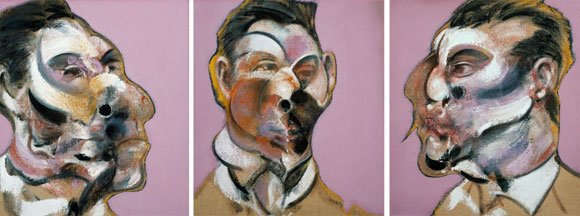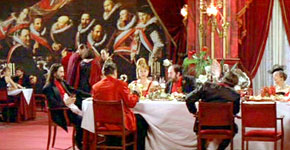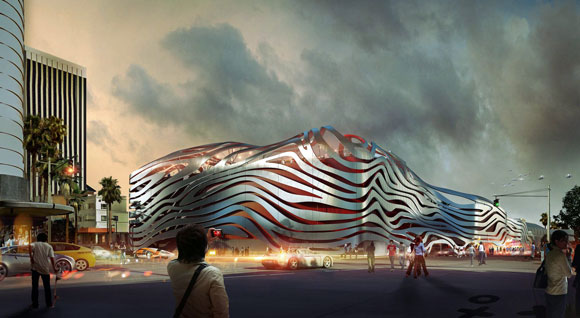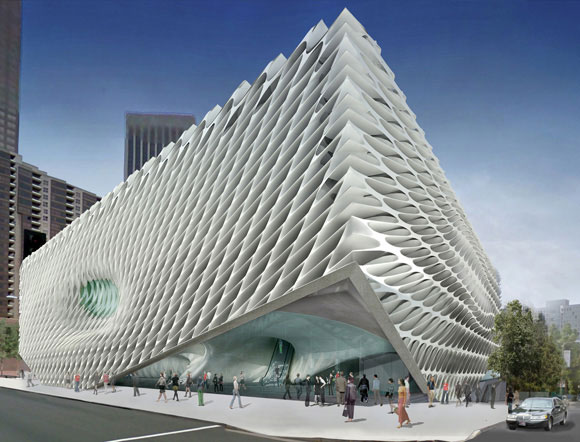#24: PETERSEN AUTOMOTIVE MUSEUM: ARCHITECTURE OF THE GROTESQUE
Petersen Automotive Museum, Los Angeles, California (photo by BP Miller on Unsplash)
I don’t mean ugly or gross. The Grotesque, an art movement, originated in 16th century Italy, and by the 18th century, the philosophy traveled to France, Germany and England. The Grotesque exists today in many forms of painting, sculpture, music, literature, architecture, and other arts.
Originally, the decorative style combined and distorted human, animal, and plant parts. Whether in its basic historical form or in contemporary explorations, adjectives for the Grotesque include the following: bizarre, uncomfortable, disgusting, weird, comical, twisted, and deformed.

Take the 1963 recording of Thelonious Monk’s Tea for Two. This territorializing rendition is often thought of as melodically disturbed, unharmonious, and rhythmic off balance. Some have even called Monk’s music perverse and violent. But the irony is this: the so called ugliness of his music is often considered pleasurable. In fact, Monk’s music is considered one of the most important and most enjoyed jazz of our time, by experts and mainstream

In Francis Bacon’s paintings, note how often viewers comment on the artwork’s beauty, even when Bacon represents tortured and deformed faces.

Consider Peter Greenaway’s 1989 The Cook, the Thief, His Wife & Her Lover. The vivid and lush interiors with the decadent and abundant dishes of food open the film beautifully and hypnotically. Eventually the interiors and food transform into something else.
Towards the end of the movie, the excesses of the cinematic beauty become repulsive. It is not simply that beauty is overtaken by the perverse, but all the same properties that made the films’ beauty actually beautiful, reaches the limit to represent the expected qualities of beauty. The overwhelming proportion of beauty becomes horrific but still attractive: the Grotesque.
Whether with Monk, Bacon or Greenaway, the evolution from beauty to something undesirable to something pleasurable, supports Immanuel Kant’s belief that beauty is restful and that the sublime is movement. Kant argues that, “this movement may be compared to a vibration, i.e. to a quickly alternating attraction toward, and repulsion from, the same object.”
And so it is with the Petersen Automotive Museum, recently opened to the public in Los Angeles. Previously, I critiqued the Broad vs. the Petersen, two local museums under construction at that time. As I started to write an article about the now complete museums, I chose to not compare and contrast. Instead, I sought an academic framework to discuss the Petersen.
I have no idea if the architects of the Petersen, KPF from New York, were testing the philosophy of the Grotesque. Somehow, I doubt it. But I think contemplating the enormous racing red and chrome building in an intellectual context gives the design prowess and gravitas. If not for such an academic narrative, then all I can hear from every passerby is, “This Petersen is ugly.”
Upon arriving at the museum, do not avert your gaze. Do not simply call it unattractive. Perhaps you will be taken by Kant’s movement, where this new sculptural building will repulse you and eventually attract you. Hopefully.








